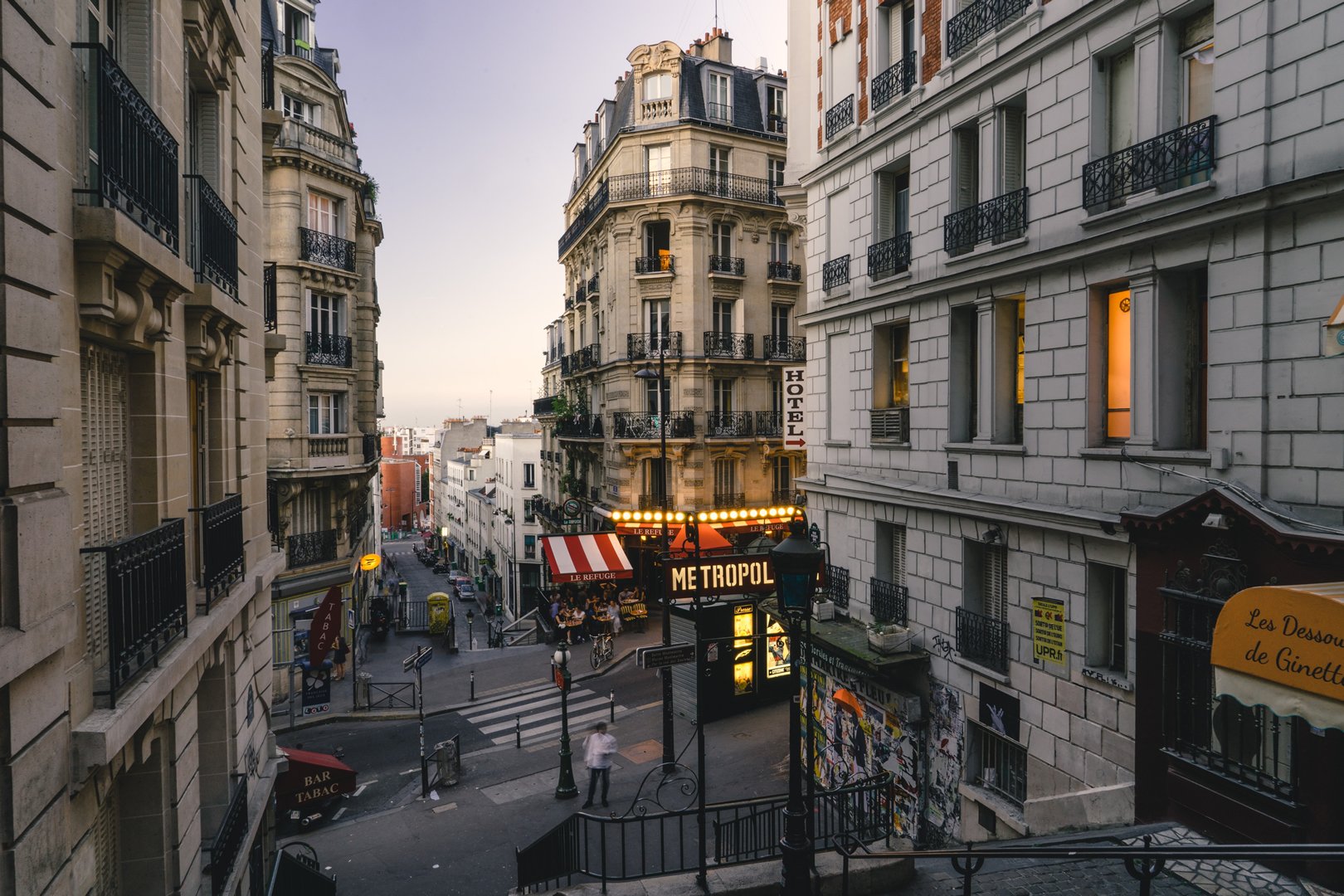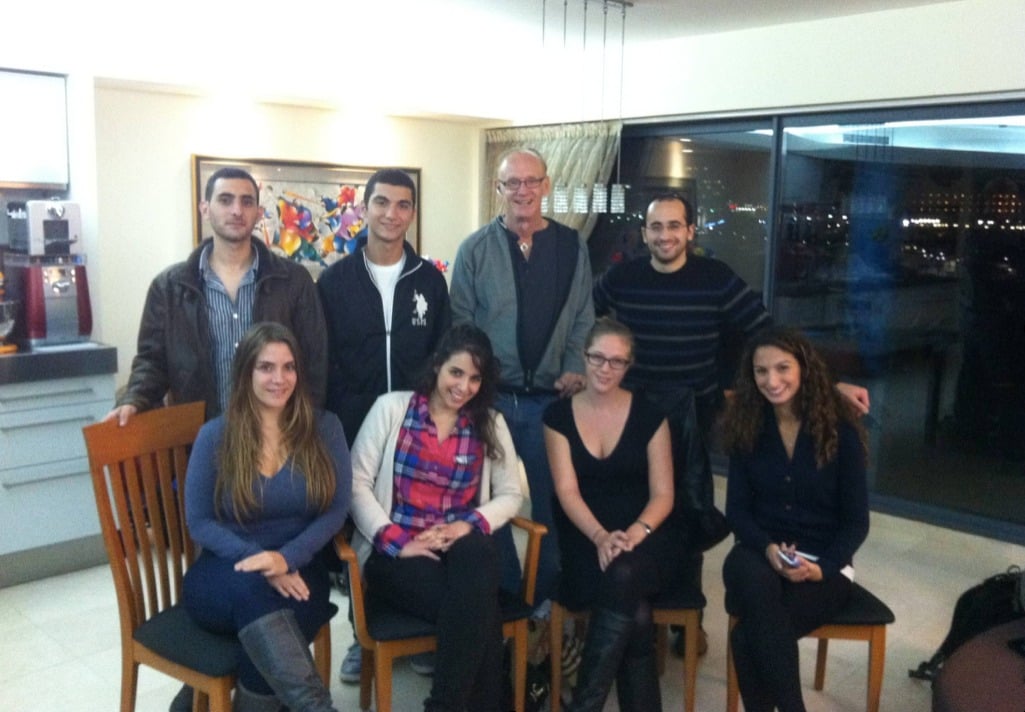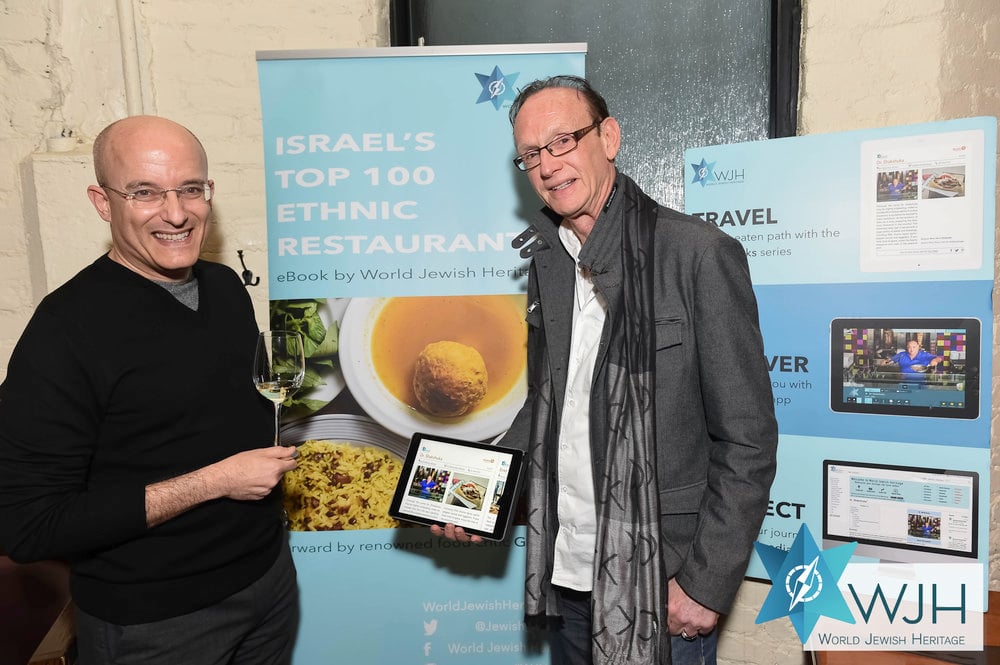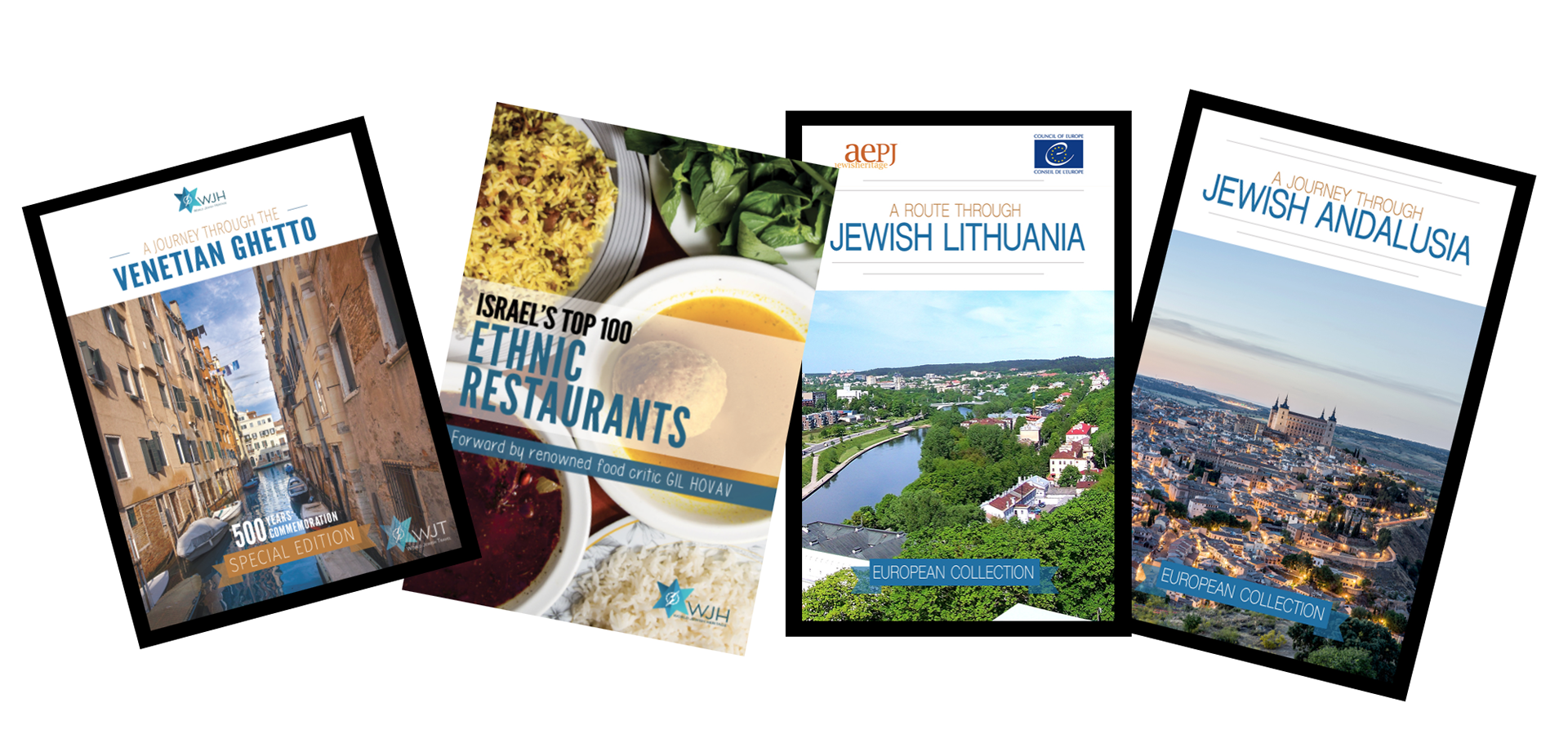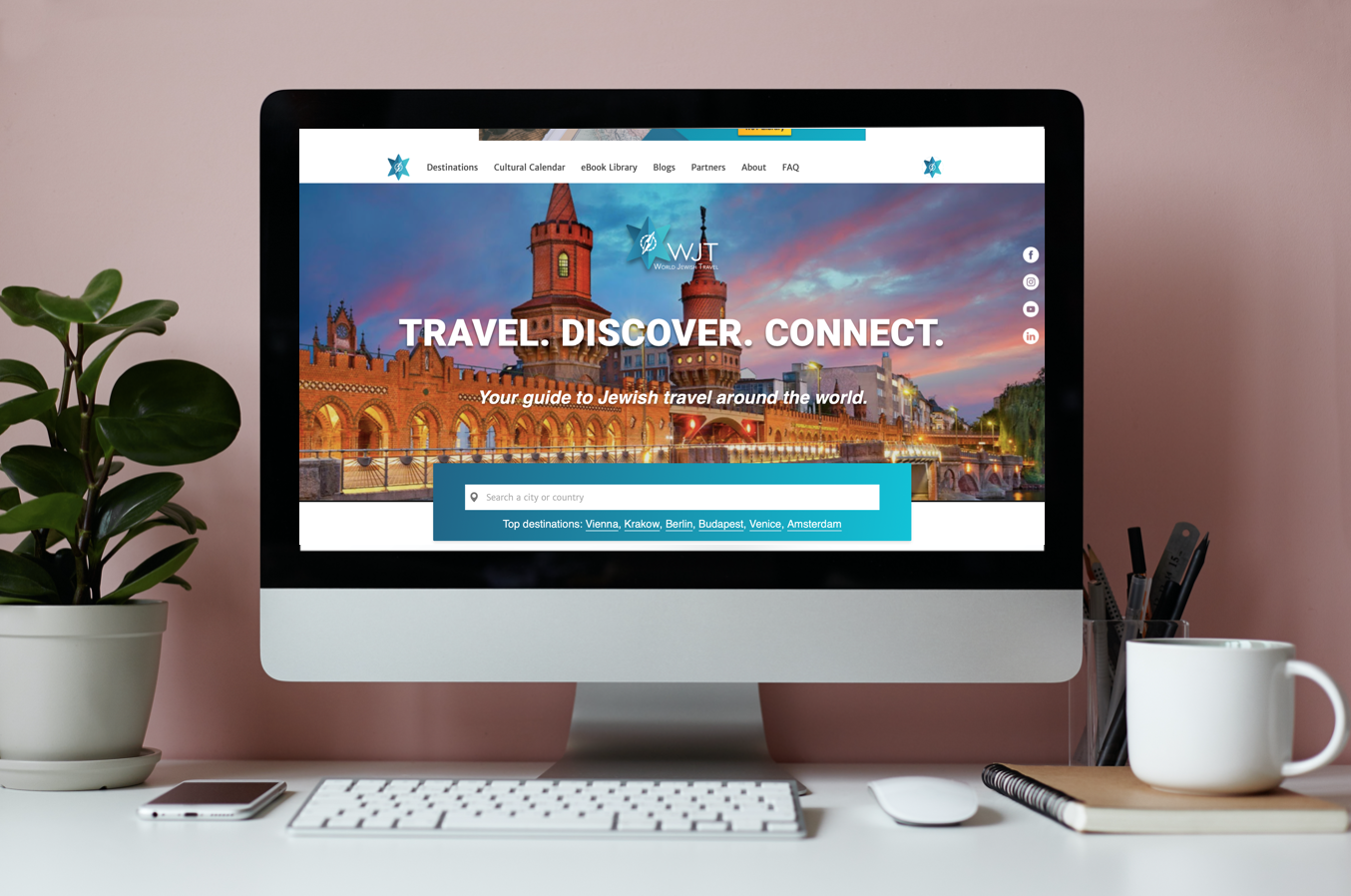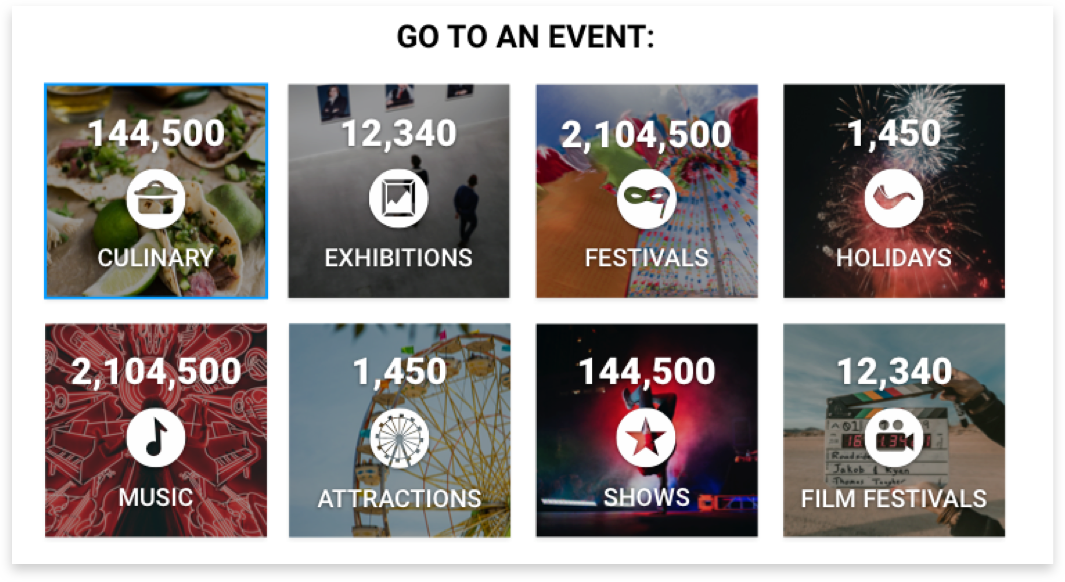Top 3 Things to See in the Jewish Quarter of Rome
July 14, 1555, Pope Paul IV decreed that all Jews in the Papal States must be segregated into an enclosed neighborhood, which he called vicus. The first term used by the Roman Jews to refer to this neighborhood/quarter was called seraglio. In fact, the first time the word ghetto ever was documented in an official document by a Jewish notary in Rome was not until 1589; he referred to the area as “Il nostro ghet” (our ghetto).









